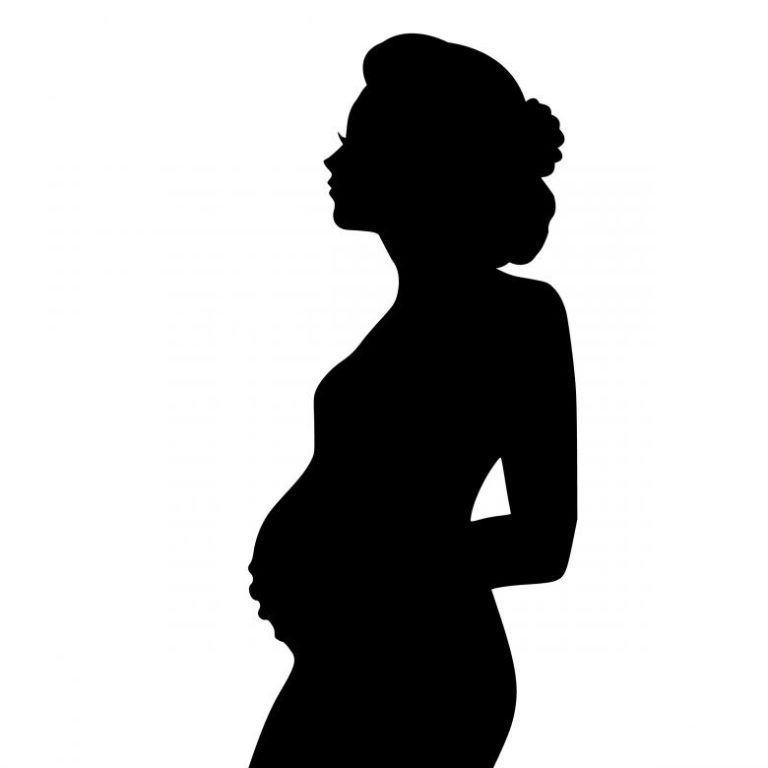Abstract
Maternal autoantibody-related ASD (MAR ASD) is a subtype of autism in which pathogenic maternal autoantibodies (IgG) cross the placenta, access the developing brain, and cause neurodevelopmental alterations and behaviors associated with autism in the exposed offspring. We previously reported maternal IgG response to eight proteins (CRMP1, CRMP2, GDA LDHA, LDHB, NSE, STIP1, and YBOX) and that reactivity to nine specific combinations of these proteins (MAR ASD patterns) was predictive of ASD risk. The aim of the current study was to validate the previously identified MAR ASD patterns (CRMP1 + GDA, CRMP1 + CRMP2, NSE + STIP1, CRMP2 + STIP1, LDHA + YBOX, LDHB + YBOX, GDA + YBOX, STIP1 + YBOX, and CRMP1 + STIP1) and their accuracy in predicting ASD risk in a prospective cohort employing maternal samples collected prior to parturition. We used prenatal plasma from mothers of autistic children with or without co-occurring intellectual disability (ASD = 540), intellectual disability without autism (ID = 184) and general population controls (GP = 420) collected by the Early Markers for Autism (EMA) study. We found reactivity to one or more of the nine previously identified MAR ASD patterns in 10% of the ASD group compared with 4% of the ID group and 1% of the GP controls (ASD vs GP: Odds Ratio (OR) = 7.81, 95% Confidence Interval (CI) 3.32 to 22.43; ASD vs ID: OR = 2.77, 95% CI (1.19–7.47)) demonstrating that the MAR ASD patterns are strongly associated with the ASD group and could be used to assess ASD risk prior to symptom onset. The pattern most strongly associated with ASD was CRMP1 + CRMP2 and increased the odds for an ASD diagnosis 16-fold (3.32 to >999.99). In addition, we found that several of these specific MAR ASD patterns were strongly associated with ASD with intellectual disability (ASD + ID) and others associated with ASD without ID (ASD-no ID). Prenatal screening for these MAR patterns may lead to earlier identification of ASD and facilitate access to the appropriate early intervention services based on each child’s needs.
Introduction
Autism spectrum disorder (ASD) is a complex neurodevelopmental disorder characterized by challenges in social communication, restricted interests, and repetitive behaviors [1] that currently affects over 2% of 8-year-olds in the US (1 in 44) [2, 3]. Autism often co-occurs with other conditions such as psychiatric disorders [4, 5] attention deficit hyperactivity disorder (ADHD), intellectual disability (ID), sensory processing, immune dysregulation and gastrointestinal issues [6,7,8]. Recently, the CDC reported that one-third (34%) of autistic children have intellectual disability (ASD + ID) [3]. It is well recognized that individuals with ASD + ID present significant deficits and challenges with adaptive behavior and therefore have different behavior intervention requirements than those individuals with ASD without ID or ID only [9, 10]. The incidence of autism has increased over the past 50 years; however, we still lack autism-specific biomarkers that would facilitate an earlier diagnosis allowing the provision of directed services based on the ASD sub-phenotypes and associated conditions.
Over the past three decades, multiple studies have suggested an association between maternal immune dysregulation during pregnancy and neurodevelopmental disorders (NDD) in the offspring including autism [11,12,13,14,15,16,17,18,19]. In particular, gestational exposure to maternal autoantibodies that cross-react with specific fetal brain proteins has been shown to be associated with increased autism risk [20]. We previously reported, in a post-natal sample set from the Childhood Autism Risk- Genes and Environment (CHARGE) study [21] where maternal samples were collected 2–5 years after the birth of the study child, the presence of maternal autoantibodies that recognize eight proteins that are highly expressed in the fetal brain and play significant roles during neurodevelopment. These antigens include collapsin response mediator proteins 1 and 2 (CRMP1, CRMP2), guanine deaminase (GDA), lactate dehydrogenase A and B (LDHA, LDHB), neuron-specific enolase (NSE), stress-induced phosphoprotein-1 (STIP1) and Y-box binding protein 1 (YBOX) [22, 23]. We observed reactivity to single antigens in both the case and control groups; however, reactivity to combinations of two or more specific antigens was associated with autism and was present in up to 18% of the ASD cases; therefore, we termed this subtype of autism “Maternal Autoantibody Related Autism (MAR ASD)” and the patterns that can predict risk as MAR ASD + patterns. The specific patterns contained CRMP1 + GDA, CRMP1 + CRMP2, NSE + STIP1, CRMP2 + STIP1, LDHA + YBOX, LDHB + YBOX, GDA + YBOX, and each of these patterns had 100% positive predictive value (PPV) in their ability to predict ASD. Further, patterns containing STIP1 + YBOX and CRMP1 + STIP1 had 92% and 90% PPV respectively and were present in less than 10% of the typically developing controls [23].
In the current study, we aimed to conduct an external validation of our previous findings by testing the recently validated MAR ASD + patterns and their predictive potential for autism risk using maternal plasma samples from the prospective Early Markers for Autism (EMA) study [24]. The samples studied herein were collected during mid-pregnancy, allowing us to directly evaluate the relationship between gestational exposure to maternal autoantibodies and child neurodevelopmental outcome. We assessed the association between each MAR ASD + pattern and an ASD diagnosis as well as the phenotypic subgroups of ASD as defined by presence or absence of intellectual disability (ID). To evaluate the specificity of the association of these autoantibodies to ASD, we also assessed associations with an outcome of intellectual disability (ID) in the absence of ASD….







